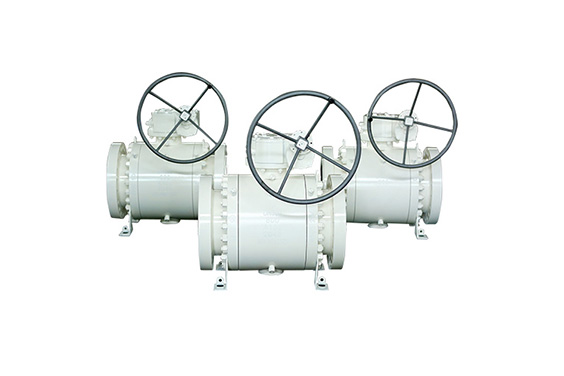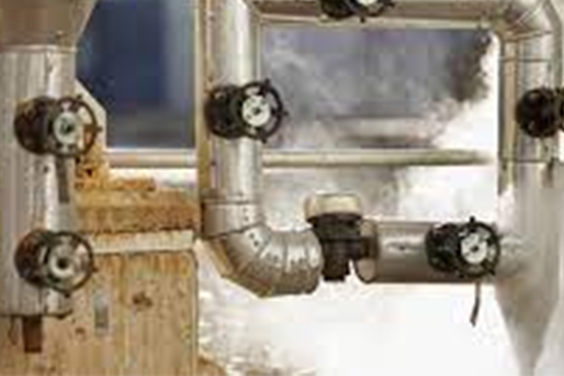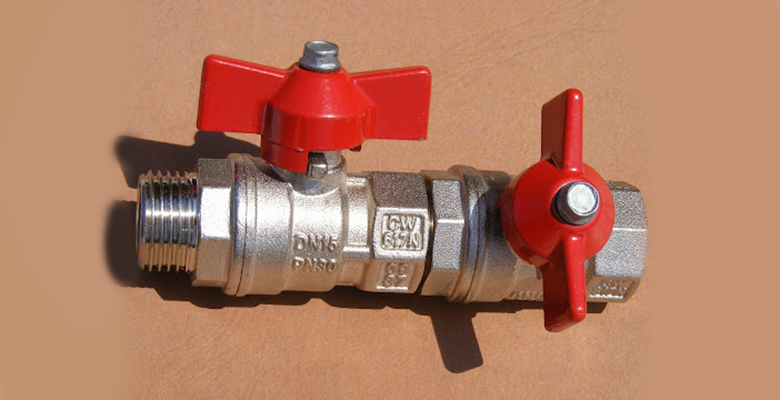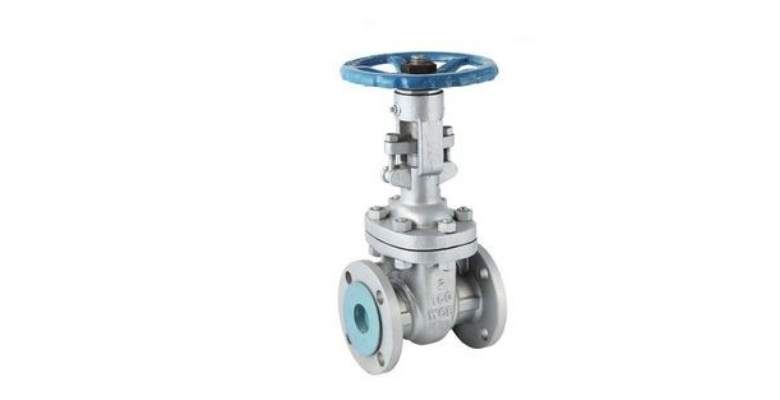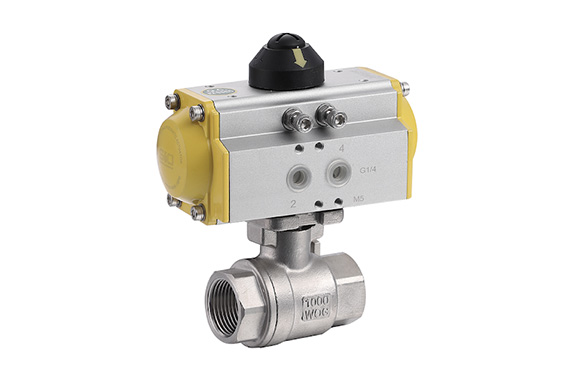Have you ever had to purge your air conditioning system? If so, you know that it’s important to make sure the purge valve is working properly. But how can you tell if the purge valve is working correctly? In this blog post, we’ll show you how to test a purge valve and we’ll also show you how to fix a defective purge valve. So read on for instructions on how to test a purge valve.
How To Test A Purge Valve
Here are detailed directions on how to test a purge valve:
- Make sure the engine is cold.
- Remove the air intake hose from the throttle body, and plug it with a rag or something else to seal it off.
- Start the car and let it warm up for 2-3 minutes.
- Turn the ignition off, then turn it back on while holding down your brake pedal (to keep the engine running) until you see some smoke coming out of your exhaust pipe (it may take a few tries). If you don’t get any smoke, try turning your key a little slower.
- You should hear a hissing noise, like air being released under pressure, when you release your key after hearing the smoke come out of your exhaust pipe (this indicates that there is air leaking into your intake manifold). If you do not hear this hissing noise, then that means that there is no air leaking into your intake manifold and either: A) Your purge valve is not working correctly; or B) There is no vacuum line connected to your purge valve (which would indicate a vacuum leak somewhere in between where you disconnected the line from the purge valve and where it connects to somewhere else on your engine).
- After confirming that there is indeed an air leak into your intake manifold, disconnect each vacuum line going to/from the purge valve one at a time and spray soapy water along each of those lines to find where exactly the leak is located (the soap will bubble when there’s a leak).
How do I know if my purge valve is stuck closed?
The purge valve is an important part of the car’s emission control system. It is located between the engine and the fuel tank, and it allows the engine to draw in fresh air when needed. The purge valve opens and closes according to the amount of vacuum in the intake manifold.
When the engine is off, the valve should be open so that air can enter the fuel tank and prevent fuel vapor buildup. However, if the valve becomes stuck in the closed position, it can cause a number of problems. The engine may run rough or stall, and the “check engine” light may come on.
In some cases, the car may even fail an emissions test. If you suspect that your purge valve is stuck closed, take your car to a qualified mechanic for diagnosis and repair.
What are the symptoms of a faulty purge valve?
A faulty purge valve can cause a number of car problems. The most common symptom is a drastic decrease in fuel efficiency. This is because the valve is not able to properly regulate the flow of fuel vapor into the engine, causing the engine to run lean. as a result, the car will use more fuel in order to maintain the same level of power.
Another symptom of a faulty purge valve is an illuminated check engine light. This is because the engine is not running as efficiently as it should be, and the computer has detected a problem. Finally, a faulty purge valve can also cause the engine to misfire or hesitate during acceleration. This is due to the fact that the vaporized fuel is not being properly mixed with air, resulting in an uneven burn.
If you notice any of these symptoms, it’s important to have your car checked by a mechanic as soon as possible.

